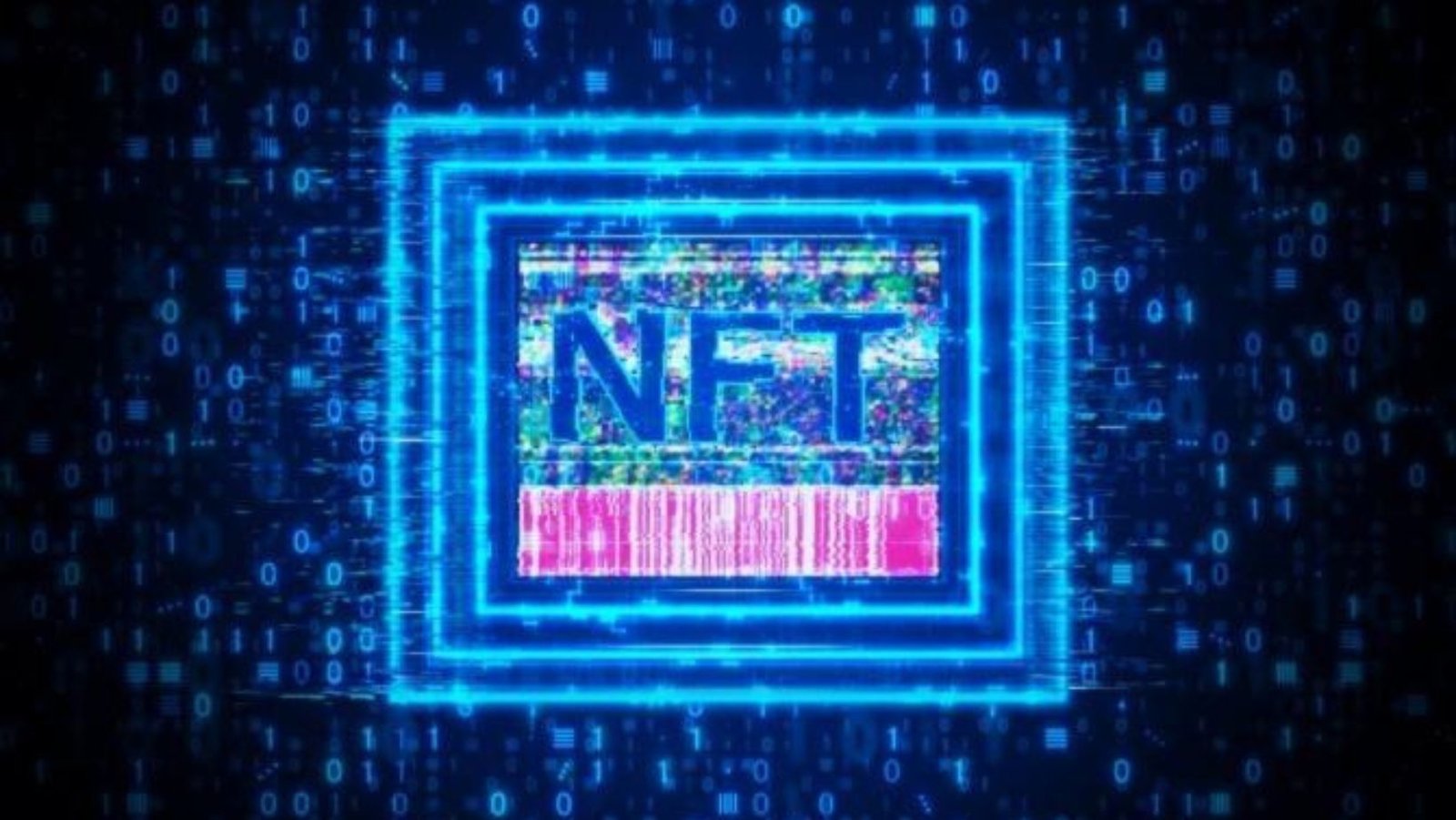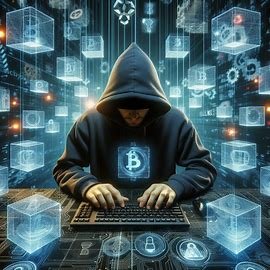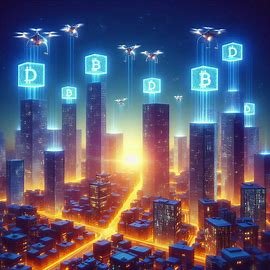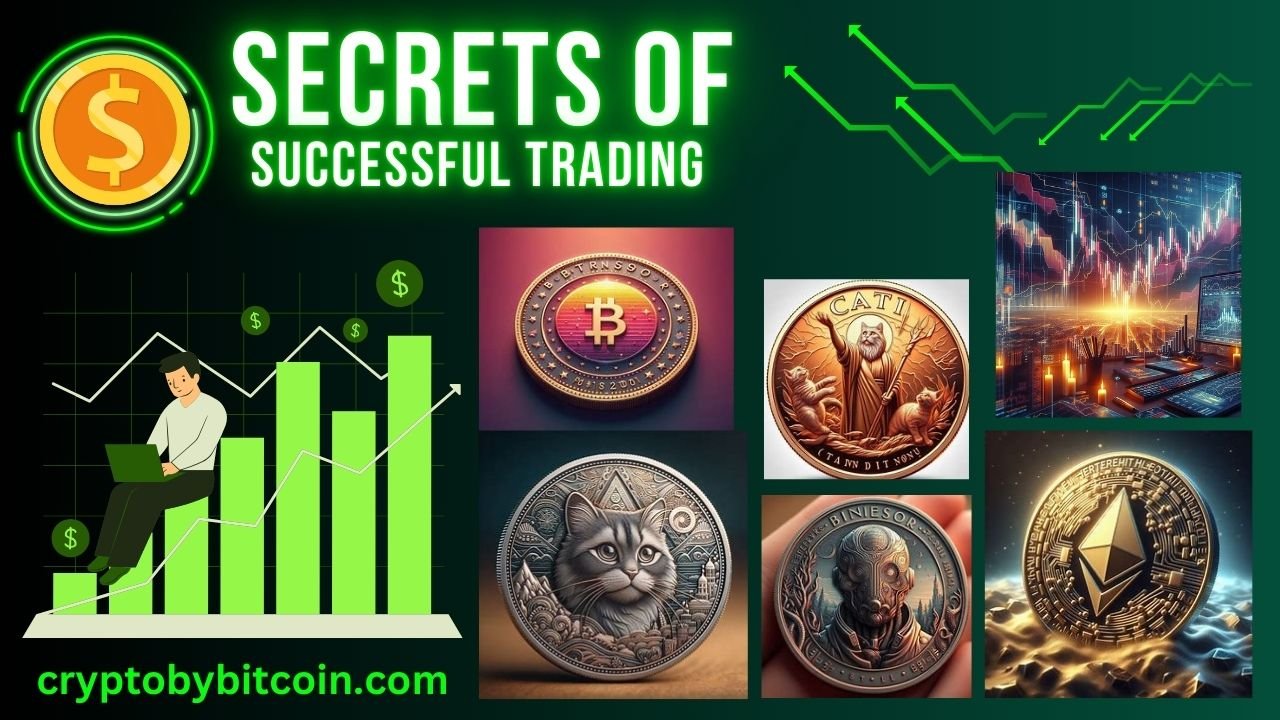In this detailed informative discussion, we will trying to tell you that what are nfts, how does nft work, how we buy them and how to aware from nft scams any and many more but in detailed.
Although the technology behind NFTs has been around for a long time, NFTs gained popularity in 2020. Since then, their popularity has continued to grow, especially in the digital art space. NFTs have generated a lot of interest, but they have also been criticized for their volatility, high speculative nature, and vulnerability to fraudulent schemes . In this article, you will find everything you need to know about NFTs.
Definition of NFT
NFT stands for non-fungible token. Non-fungible means that it is unique and cannot be replaced by another. Unlike NFTs, physical money and cryptocurrencies are fungible — one can be exchanged for another. NFTs are digital assets and can exist in the form of photos, videos, audio files, and any other digital format. Some examples of NFTs include artwork, comics, sports collectibles, trading cards, games, and more.
How does NFT work?
Non-fungible tokens (NFTs) are cryptographic assets on a blockchain (a distributed public ledger for recording transactions). Each NFT contains a unique identification code that distinguishes one token from another. This data allows the ownership of the token to be verified and transferred to another owner.
The value of NFTs is determined by the market, i.e. supply and demand, and NFTs can be bought and sold in the same way as physical assets. NFTs are digital representations of assets and can be created based on real physical objects, such as real estate or art. Some users believe that representing real physical assets as tokens increases the efficiency of buying, selling, and exchanging them, and potentially reduces the likelihood of fraud.
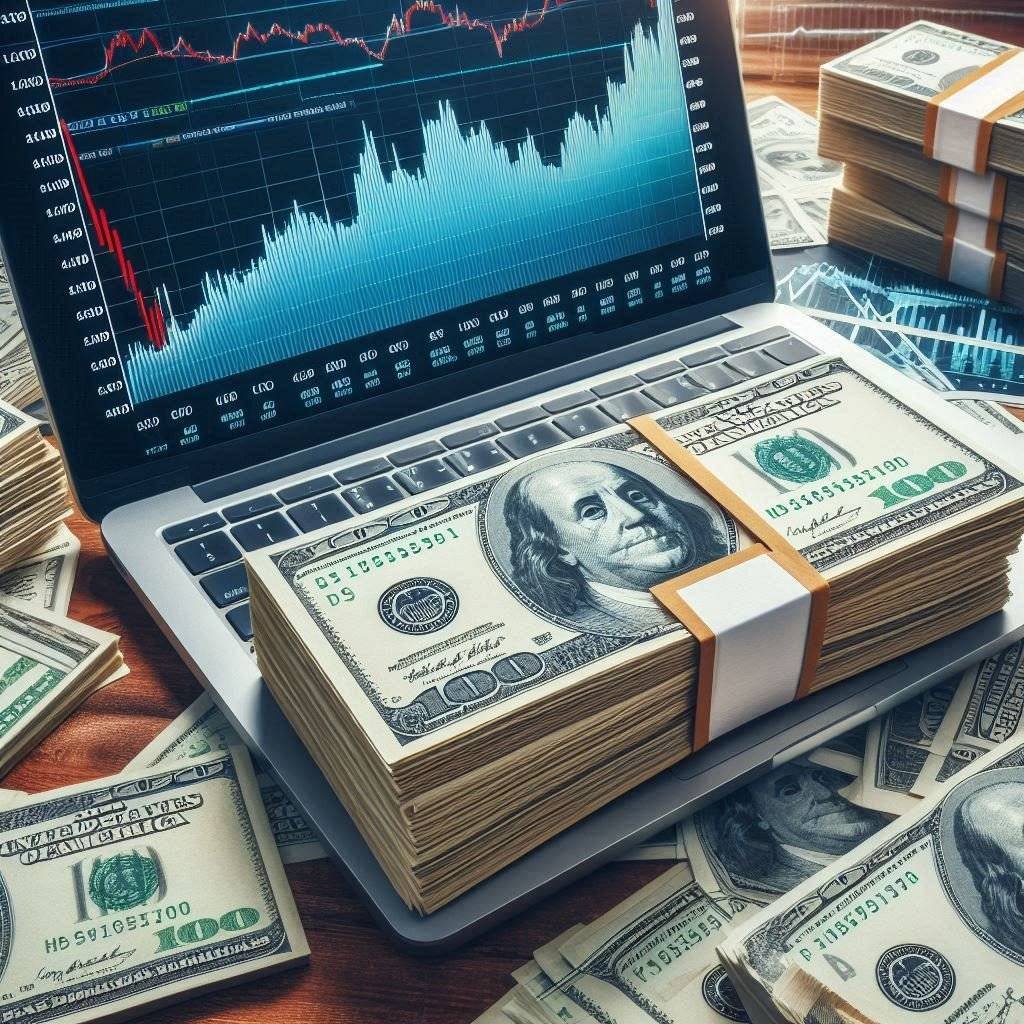
How to buy NFT?
The NFT market is considered volatile, with large price swings, making it risky even for experienced investors. If you are considering buying an NFT, it is important to have a good understanding of what the process entails. Let’s look at the main steps.
Create an account on a cryptocurrency exchange
The first step is to create an account on a cryptocurrency platform or exchange. A cryptocurrency exchange is an online platform where you can sell and buy different types of cryptocurrency. To buy NFTs, you will need to create an account on the platform of your choice. Different platforms vary in the range of services they provide, so it is worth studying them and choosing the option that suits you best in terms of functionality, rates, and support conditions.
Open a crypto wallet
A crypto wallet is used to store the keys to access your digital assets. The user is given a unique phrase to obtain and restore access to the wallet. It is extremely important to ensure that this phrase is stored securely, as without it, you will lose access to your wallet.
Wallets can be hosted on an exchange or operate independently of it. When using an independent wallet, you are responsible for the safety of the wallet and private keys. When hosting a digital wallet on an exchange, the exchange itself acts as an intermediary in cryptocurrency transactions. In this case, the exchange is responsible for storing private keys and the security of your assets.
If you want to buy and sell NFTs without the help of third-party services, you will need a wallet directly linked to the blockchain. Such a wallet allows you to transfer cryptocurrency directly from one user to another using a public key. There are two ways to store funds: a “hot wallet” and a “cold wallet”.
Hot wallet:
- Software or web-based wallet
- Can be used as a desktop or mobile application, or as a browser extension
- Less protected from cyber attacks compared to a cold wallet
Cold wallet:
- Hardware wallet, a physical device not connected to the internet
- It is considered more reliable
- However, such a wallet is easy to lose, and there is no backup recovery option in case of loss of the unique phrase.
It is advisable that the wallet you choose is compatible with the Ethereum blockchain and with the blockchain’s native cryptocurrency, Ether (ETH, Ethereum), since this is the platform where most NFT trading takes place.

Transfer Ethereum cryptocurrency to a crypto wallet
Once you have selected an NFT exchange and purchased ETH, you will need to transfer the cryptocurrency to your wallet. The exact steps will depend on the exchange you are purchasing ETH from, the wallet you are using, and the marketplace you plan to trade NFTs on.
Buy NFT
Once you have connected and funded your crypto wallet, you can start buying NFTs. When you buy an NFT, you acquire ownership of that token. However, the NFT holder has no other rights to the artwork, including the right to modify or reproduce it, unless the transfer of rights has been expressly agreed upon between the buyer and the artist. Depending on the marketplace, the NFT you purchase may be subject to various restrictions.
What is an NFT marketplace?
The NFT market is constantly evolving, but in general, NFT marketplaces typically fall into one of the following three categories:
- Open marketplace – in this marketplace anyone can buy and sell, or create NFTs. Creating an NFT is a unique publication of a token on the blockchain, after which the NFT can be bought and sold. In open marketplaces, the process of creating an NFT is usually performed by the marketplace itself or by the authors of the works.
- Closed marketplace – authors of works apply to participate in the marketplace, which usually takes on the creation of NFTs. In this case, there are more restrictions on sales and trade.
- Proprietary marketplace – These marketplaces sell NFTs that are protected by the trademarks or copyrights of the company that operates the marketplace.
Some NFT traders create accounts on multiple marketplaces and sign up for notifications to stay up to date with new NFT releases. Information about new NFT releases is also shared on platforms like Discord and Twitter, as well as specialized investment platforms Rarity Sniper and Rarity Tools. When a highly anticipated NFT releases, investors tend to act quickly.
Most marketplaces provide users with step-by-step guides on how to use their platforms. Once you have created an account on the marketplace, you should connect your crypto wallet to it. Some marketplaces allow you to create a new wallet directly on the marketplace website or use their own proprietary wallets. Using a marketplace’s proprietary wallet sometimes provides discounts or better rates than using external wallets.

Examples of NFT marketplaces
There are dozens of different NFT marketplaces on the market. Here are a few examples:
OpenSea
OpenSea, one of the largest NFT marketplaces, offers buyers NFTs in the fields of art, music, fashion, sports, gaming, and collectibles. The marketplace website also provides educational materials for users.
NBA Top Shot
This NFT marketplace for sports fans is designed to trade video clips from basketball games. The NBA Top Shot marketplace has a large number of users, and also hosts contests and competitions that increase community engagement.
Nifty Gateway
Nifty Gateway Marketplace offers collections of well-known artists who work in the fields of video, multimedia, fine art, and animation. The website is designed for buyers who collect art with long-term value.
Rarity
An Ethereum-based platform for creating, buying and selling digital art property rights using NFTs.
NFT Scams
NFT scams are quite common. Here are the most common schemes.
- Phishing – fake links and pop-ups advertising new NFT projects and releases on social media.
- Catfishing is the advertising of new NFT releases and collections using fake marketplace websites, social media accounts, and scammers posing as celebrities.
- Fake NFTs – scammers sell other artists’ works, passing them off as their own.
- Pump and Dump Schemes – Scammers create hype and artificially increase demand for NFTs to drive up prices, then quickly sell their NFTs, leaving other buyers with assets that have no value.
- Promise of no fee for NFT creation – scammers resort to pressure methods on users, convincing them to take part in a fake promotion, according to the terms of which there will allegedly be no fee for creating an NFT. But instead of saving on the fee and receiving the NFT, the victim transfers the rights to manage their crypto wallet to the scammers.
How to protect yourself from NFT scams:
- Follow generally accepted cybersecurity best practices, such as using strong passwords and two-factor authentication.
- While it’s more convenient to store cryptocurrency on exchanges, it’s safer to store it in a cold wallet, a hardware device that stores keys and assets offline.
- Before investing large amounts in NFTs, make a test transaction with a small value first to make sure everything works as expected.
- Ignore spam, such as private messages or unexpected NFTs from unknown senders – the latter may contain malicious smart contracts.
- Before purchasing NFTs, learn about security measures to protect your data and cryptocurrency. We recommend reading online guides, reviews, and feedback to assess the risks and understand how the market works.
You can also check out our detailed article on how to avoid NFT scams .
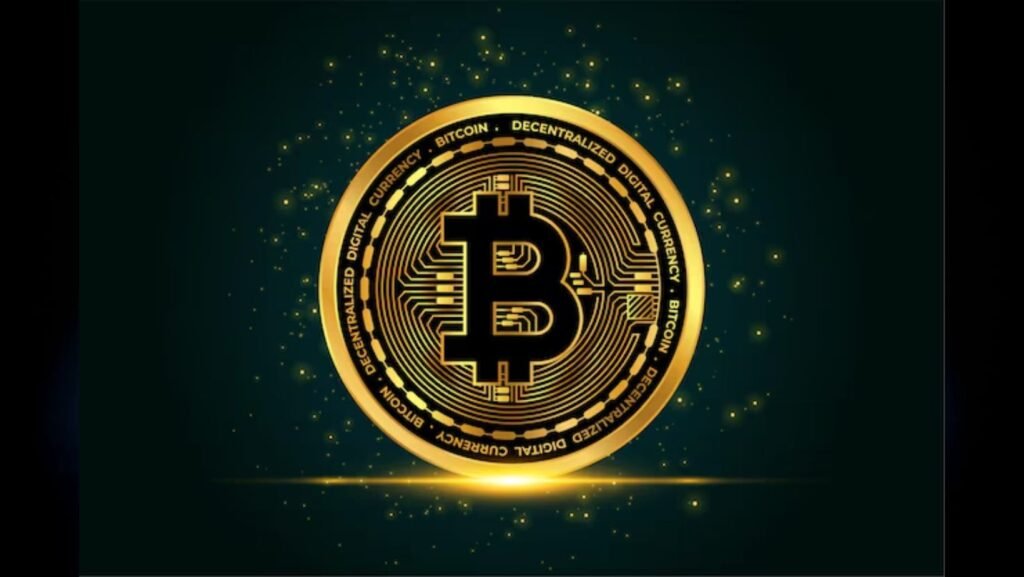
Frequently Asked Questions About NFTs
What is NFT?
NFT is a non-fungible token. Non-fungibility is an economic term that means that an object has unique properties and cannot be directly exchanged for another.
What types of NFTs are there?
They were originally used for digital art, but now a days you should buy a wide variety of NFTs, including music, highlights, fashion, trading cards, event tickets, domain names, and many more. For example, in 2021, Twitter founder and former CEO Jack Dorsey’s first tweet was sold as an NFT, though subsequent media reports suggest it wasn’t the best investment for the buyer.
Is NFT a cryptocurrency?
NFTs and cryptocurrencies are similar in many ways, but there are also important differences. Cryptocurrencies are fungible, while NFTs are not. For example, one Bitcoin is equivalent to another Bitcoin, while NFTs are unique and cannot be directly replaced by another NFT. All NFT assets are unique, and their values are determined by market mechanisms.
What are NFTs used for?
NFTs are tokens that are used to represent ownership of unique objects. NFTs allow art, collectibles, or even real estate to be represented as tokens. At any given time, a token can only have one official owner, and the ownership rights of tokens are secured by the Ethereum blockchain. No one can change his ownership record and also cannot create NFTs just like anyone others NFT.
What is NFT digital art and how does it work?
NFT art is a unique, non-transferable digital asset that is collectible. Once an NFT piece of art is created, it is represented as a token using blockchain cryptocurrency technology. Blockchain is a system for recording digital transactions that is resistant to hacking and fraud. These properties of blockchain make it easier to track intellectual property rights and verify the fact of creation of an object, which is what has made this technology popular in the digital art industry.
Conclusion
It sounds like you want a comparison of NFTs (non-fungible tokens) with another concept or category. Could you clarify what you’d like to compare NFTs with? Here are a few common points of comparison:
- NFTs vs. Cryptocurrencies: Exploring differences in fungibility, purpose, and usage.
- NFTs vs. Physical Collectibles: Examining how digital and physical collectibles differ in value, ownership, and storage.
- NFT Marketplaces Comparison: Looking at different NFT marketplaces (e.g., OpenSea vs. NBA Top Shot).
- NFTs vs. Traditional Art Market: Focusing on how NFTs have changed the art market in terms of accessibility, value, and artist royalties.
If you need any further information please contact by our contact page below.
